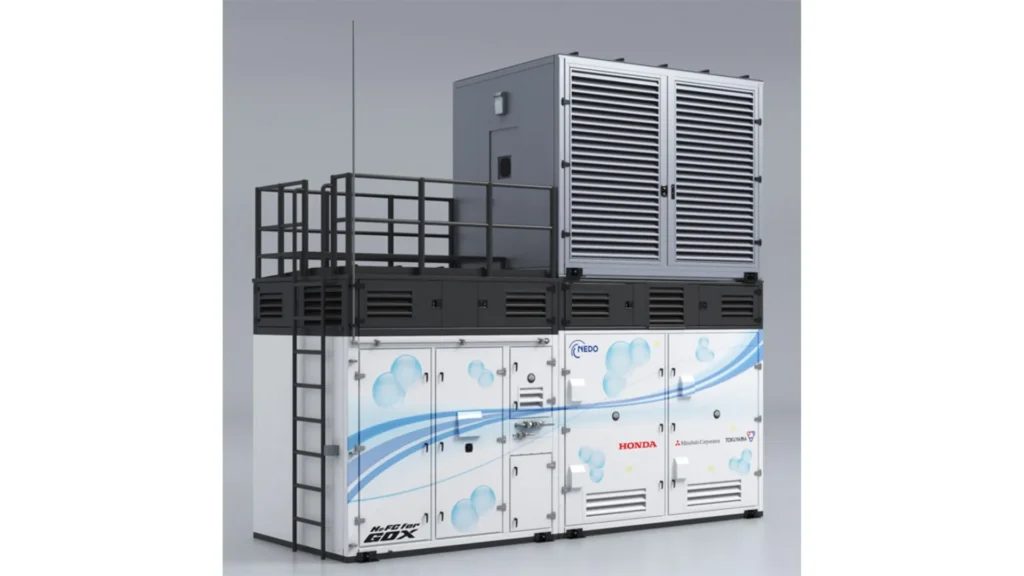In the Japanese city of Shunan, Honda Motor Co., Ltd. has initiated a demonstration together with Tokuyama Corporation and Mitsubishi Corporation to operate a hydrogen-derived data center and a stationary fuel cell power plant.
The project reuses fuel cell systems from FCEV electric vehicles from FCEV electric vehicles, specifically the Honda CR-V e:FCEV model, adapted for stationary use.
Fuel cell power supply
The hydrogen used comes from the saltwater electrolysis process. saltwater electrolysis process developed by Tokuyama Tokuyama is developing in the region, allowing a constant supply with low emissions. The electricity generated is destined for a distributed data center operated by Mitsubishi, with the aim of validating the performance of this type of infrastructure in environments with high energy demand.
The plan contemplates operating the facility in different modes: as a backup power source, as a primary off-grid system, to reduce consumption peaks, and to balance grid supply and demand.

All of this is managed by an EMS system that coordinates the combined use of the fuel cell power plant, the electrical grid, stationary batteries and renewable sources.
Objectives and future projection
The collaboration between the three companies also seeks to reduce costs for adopters and advance the decarbonization of power for data centers. data centersThe collaboration between the three companies also aims to reduce costs for those who adopt these power plants and advance in the decarbonization of energy for data centers, a sector whose demand will grow driven by artificial intelligence and autonomous driving.
This approach reinforces Honda’s strategy around hydrogen, a field in which it has been researching for more than three decades, and opens up possibilities for applications in critical industrial, commercial and service sectors.
Source and photo: Honda

